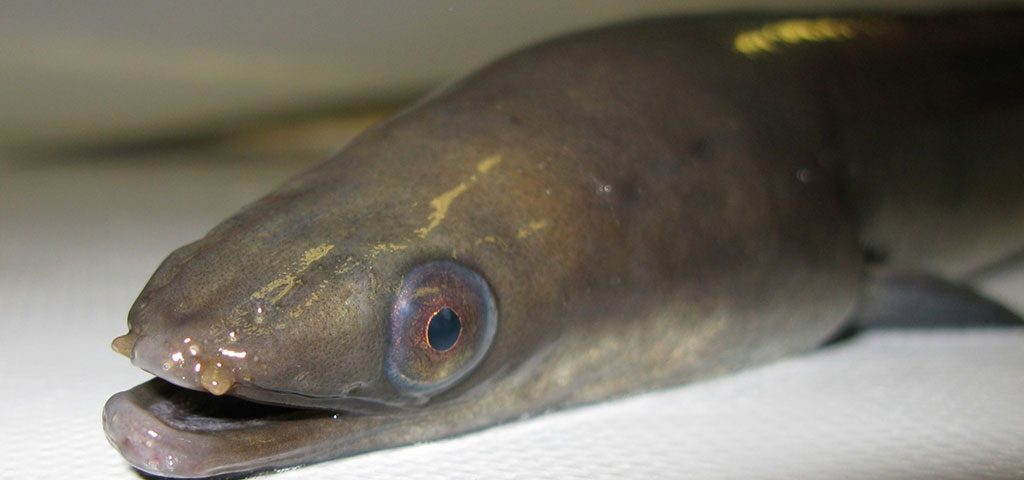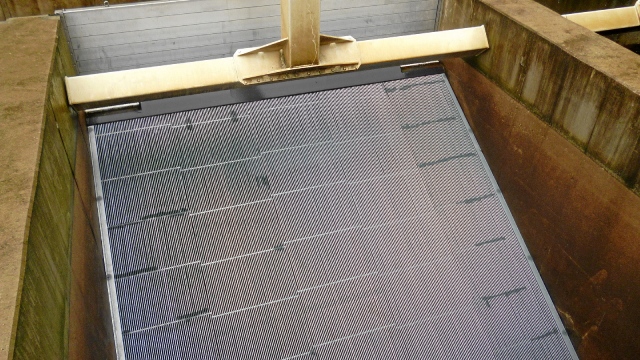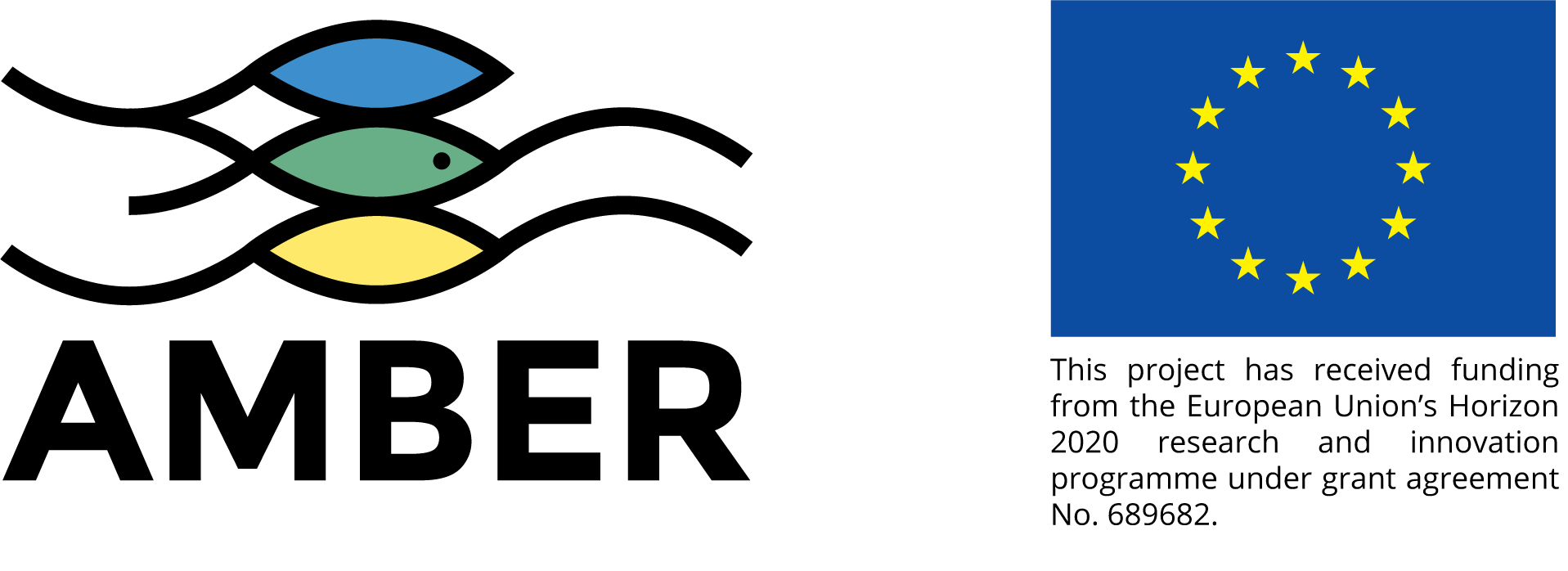Report on Downstream migration of European silver eel at three German hydropower stations

Removal of the River Eamont’s Carleton Hall weir and Low Mill weir – Durham University’s role
November 8, 2017
Fruitful cooperation between H2020 projects: AMBER and FIThydro
December 14, 2017
Report on Downstream migration of European silver eel at three German hydropower stations
The published study examines migration routes and losses of European silver eel past three run-of-the river hydropower stations in Germany. These were the Unkelmühle power station in the Sieg, the power station in Gengenbach in the Kinzig (both tributaries to the Rhine), and Kuhlemühle power station in the Diemel (tributary to the Weser). These three power stations represent the use of different technologies to reduce negative impact on downstream migrating fish. The Unkelmühle power station is designed with several bypass routes where fish can pass outside the turbines. Narrowly spaced bar racks have been installed in front of the turbine intakes to prevent fish from entering the turbines. At the power station in Gengenbach, the position of a movable turbine can be adjusted to let downstream migrating fish pass above or under the turbine. At the Kuhlemühle power station, an Archimedes screw turbine is installed.
The study was performed during three consecutive years (2014-2016) by tagging 542 European silver eels with radio transmitters. Their migration in the river and past the power stations was recorded.
The project was commissioned by the Ministry for Environment, Agriculture, Conservation and Consumer Protection of the State of North Rhine-Westphalia (MULNV) and the District Council of Cologne. The monitoring activities were coordinated by the State Agency for Nature, Environment and Consumer Protection of North Rhine-Westphalia (LANUV) and carried out by the University of Cologne and the Norwegian Institute for Nature Research (NINA).
One of the studied power plants, Unkelmühle, is operated by AMBER partner innogy SE. The study contributes to AMBER in that it shows the potential of fish friendly hydro power adaptations on the downstream migration of fish.




